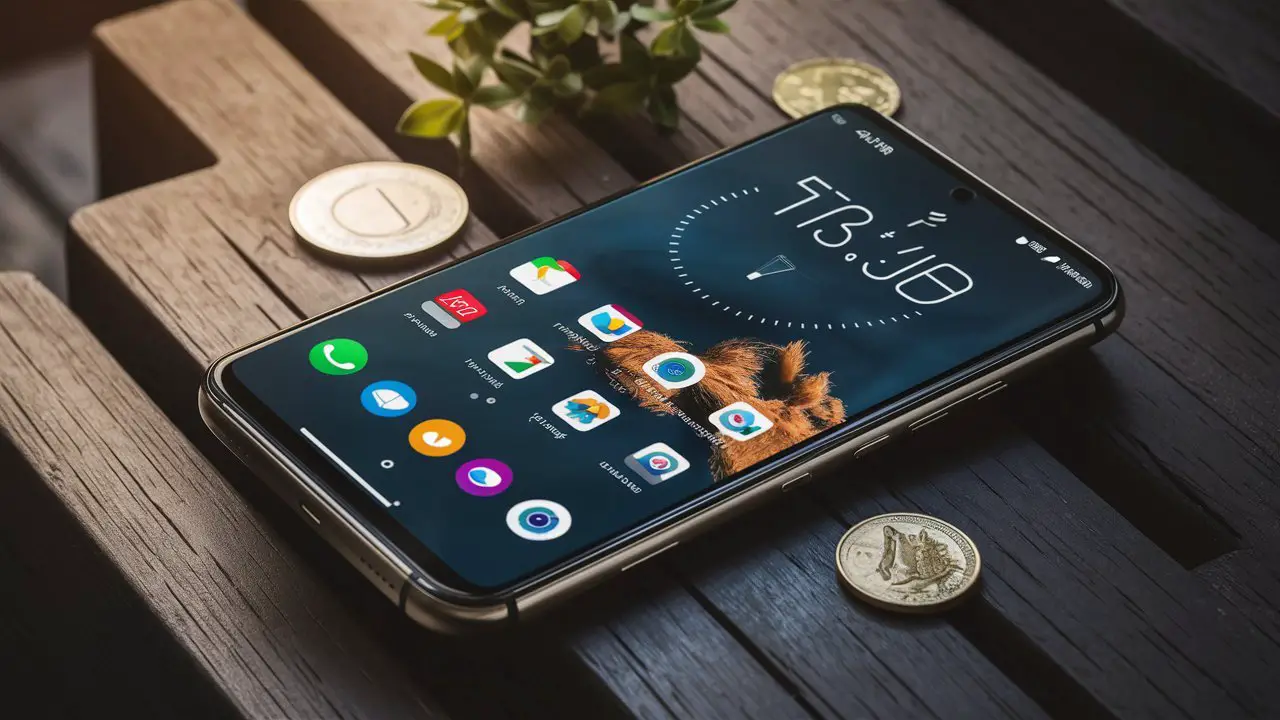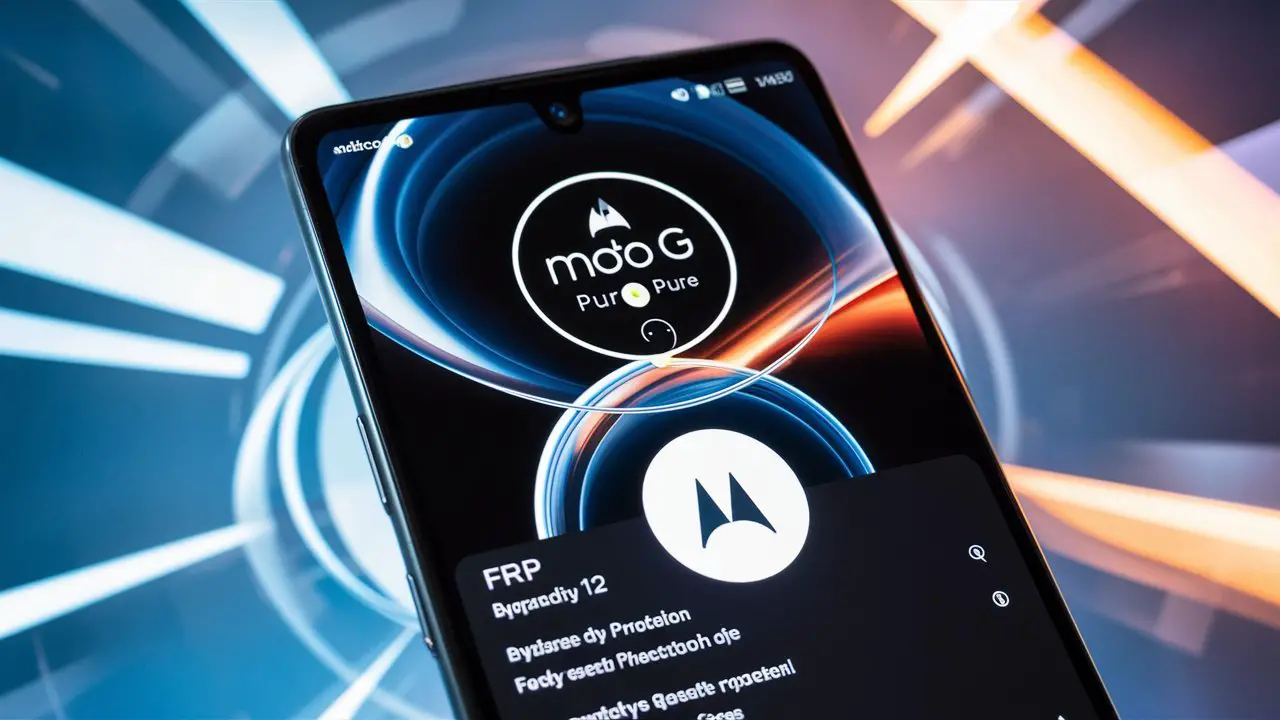Android 14, the latest iteration of Google’s popular mobile operating system, brings numerous enhancements in terms of security, functionality, and user experience. Among these, the Factory Reset Protection (FRP) feature stands out as a critical security measure aimed at protecting user data in case of device theft or loss. While FRP serves an essential purpose, it can sometimes lock out legitimate users who forget their account credentials. This article delves into the intricacies of Android 14 FRP bypass, providing a detailed guide to understanding, implementing, and troubleshooting the process.

Technical Specifications
Android 14 Overview
- Kernel Version: 5.15.x
- API Level: 34
- Security Enhancements: Enhanced encryption, biometric improvements, stricter permission controls
- User Interface: Refined Material You design, new widget features, improved multitasking
FRP Feature in Android 14
- Purpose: Prevent unauthorized access to the device after a factory reset
- Activation: Automatically enabled when a Google account is added to the device
- Trigger: Activated when a factory reset is performed through recovery mode
Applications
Use Cases for FRP
- Device Security: Ensures data protection if the device is stolen or lost
- Corporate Devices: Adds an extra layer of security for business smartphones and tablets
- Parental Control: Helps parents manage their children’s devices securely
Benefits
Advantages of FRP
- Data Protection: Prevents unauthorized access to personal data
- Anti-Theft: Deters theft by making stolen devices harder to use
- User Peace of Mind: Enhances user confidence in the security of their device
Challenges and Limitations
Common Issues with FRP
- Forgotten Credentials: Users may forget their Google account details
- Second-Hand Devices: Buying used devices that are still FRP locked
- Technical Complexity: Bypassing FRP can be technically challenging for average users
Latest Innovations
Android 14 Security Updates
- Improved Authentication: Advanced biometric authentication methods
- Enhanced Encryption: Stronger encryption algorithms for better data protection
- User-Friendly Bypass Methods: Google is working on more user-friendly ways to manage FRP issues
Future Prospects
Predictions for Future Android Versions
- Integrated AI for Security: AI-driven solutions for enhanced security and user assistance
- Streamlined Account Recovery: Easier and more secure account recovery processes
- Advanced Anti-Theft Features: New tools to further deter theft and misuse of devices
Comparative Analysis
FRP vs. Other Security Features
- FRP vs. PIN/Password: FRP offers more comprehensive protection as it is tied to the Google account
- FRP vs. Biometric Security: Biometrics provide convenience, but FRP ensures security even after a factory reset
- FRP vs. Remote Wipe: Both are important; FRP prevents access post-reset while remote wipe protects data remotely

User Guides or Tutorials
Step-by-Step Guide to Bypass FRP in Android 14
Method 1: Using Google Account Recovery
- Attempt Login: Try logging in with the last known Google account.
- Use Account Recovery: If the password is forgotten, use the “Forgot Password” link.
- Verify Identity: Follow the prompts to verify your identity via email or SMS.
- Reset Password: Once verified, reset the password and log in.
Method 2: Using a Third-Party Tool
- Download Tool: Obtain a reputable FRP bypass tool.
- Connect Device: Connect your Android device to a PC using a USB cable.
- Run Software: Launch the software and follow the on-screen instructions.
- Complete Bypass: Allow the tool to bypass the FRP lock and access your device.
Method 3: Professional Assistance
- Contact Support: Reach out to the device manufacturer or a professional service.
- Provide Proof: Be ready to provide proof of purchase and identity.
- Follow Instructions: Follow the support team’s instructions to unlock your device.
Conclusion
Android 14’s FRP feature is a powerful tool for protecting user data and deterring theft. However, it can pose challenges for legitimate users who forget their credentials or purchase second-hand devices. This comprehensive guide has outlined various methods to bypass FRP, providing both technical and practical solutions to address this common issue. As Android continues to evolve, we can expect further advancements in security and user-friendliness, making mobile device management even more seamless and secure.




